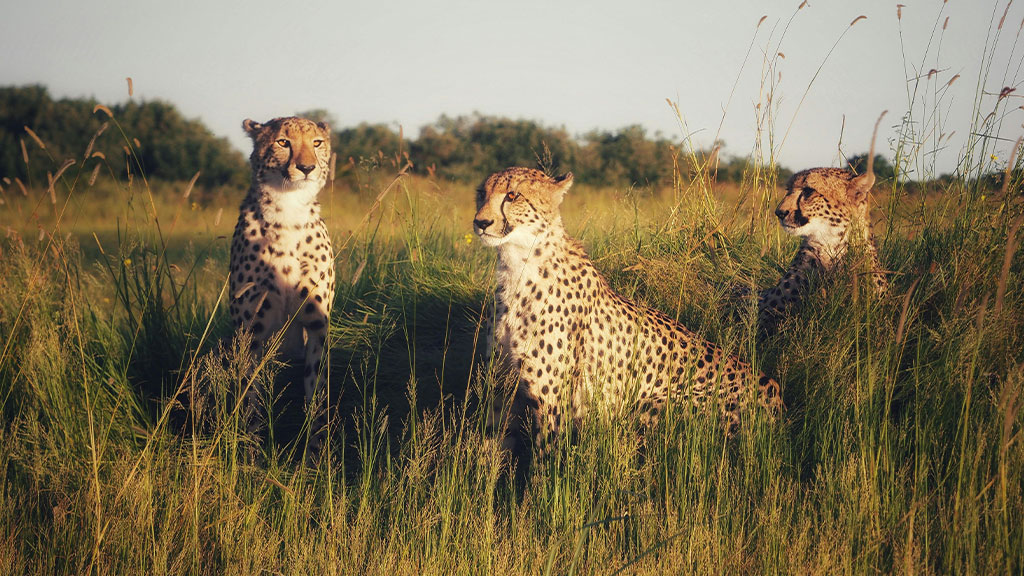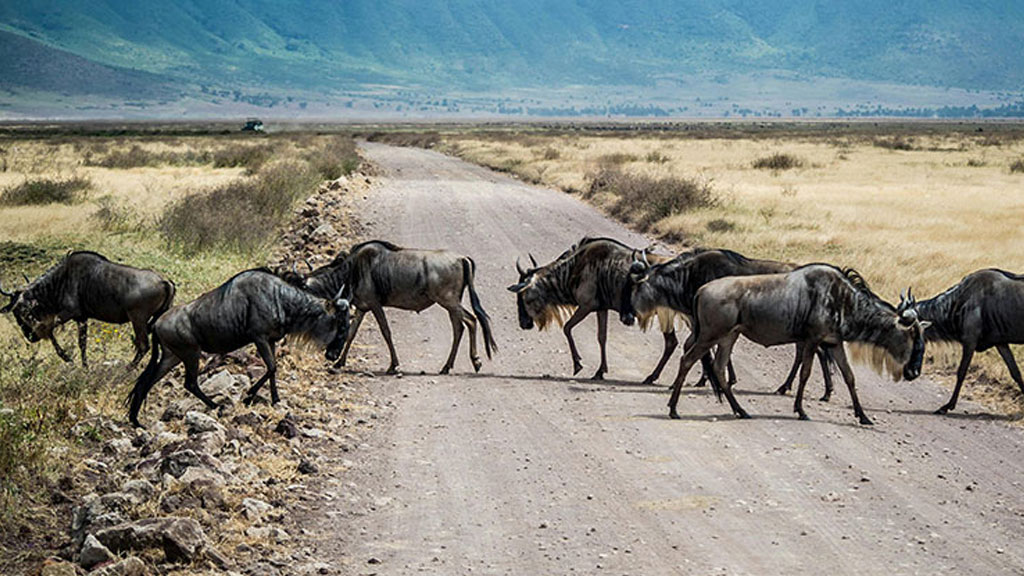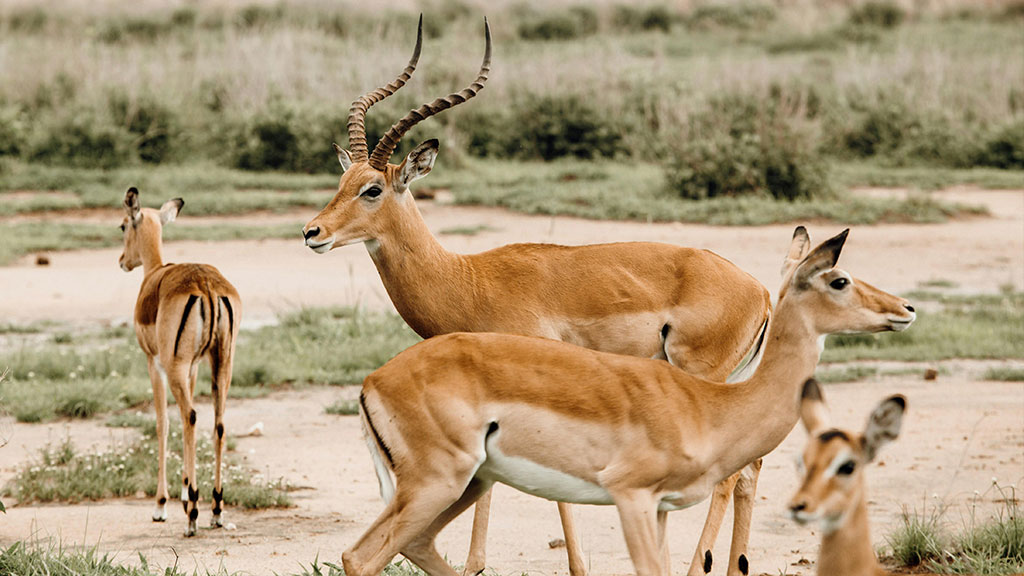Masai Mara
Let's learn more
BRIEF NOTES ABOUT THIS PLACE
The Masai Mara Wildlife Reserve is a vast natural reserve located in southwestern Kenya. It gets its name from the Maasai people, who live in various regions of the Serengeti plains, and from the Mara River.
The entire area is part of the Great Rift Valley, which extends from the Mediterranean Sea to central Mozambique.
The predominant habitat in the reserve is the African grassland, or savanna, characterized by typical acacia trees in the southeastern area. Wildebeests are the primary inhabitants, and the reserve is also home to numerous gazelles, zebras, giraffes, and the Big Five
game drive in masai mara
Masai Mara National Reserve is one of the most visited nature wildlife parks in the world due to the annual wildebeests Migration from Serengeti national park to Masai Mara of which they cross the Dangerous River best known as Mara River.
Masai Mara National Reserve is the best place to see the Big five namely: elephants, lions, rhinos, leopard and buffalos. Others to see are the zebras, antelopes, and others over 350 Birds species has been recorded.
You can Spend the whole day with picnic lunch till evening.
Hot Air Balloon ride is an option (at an extra price 0f usd 400 per person) with Bush Breakfast, or you may do the early morning game drive and then get back for full breakfast at the hotel, relax till 16:00 hours and make the game drive till sunset.
Recommended to have a two-night stay in Masai Mara to enjoy the safari to the fullest.

2 hours activity
Activity level
Safe for kids.
clothing
Long pants,hut and closed shoes.
Necessary kit
Sunglasses, sunscreen and anti-insect spray.
about more popular animals

Wildebeests
The Great Migration, which takes place from July to October, provides spectacular scenes as the herds leap and cross the crocodile-infested rivers of the Mara and Serengeti.

gazelles
The survival of Grant’s gazelle as a species not currently threatened depends on the continued protection of the national parks and reserves where they reside.

cheetahs
Due to decline in numbers over the years, the Cheetah is now classed as a Critically Endangered Species by the IUCN.
